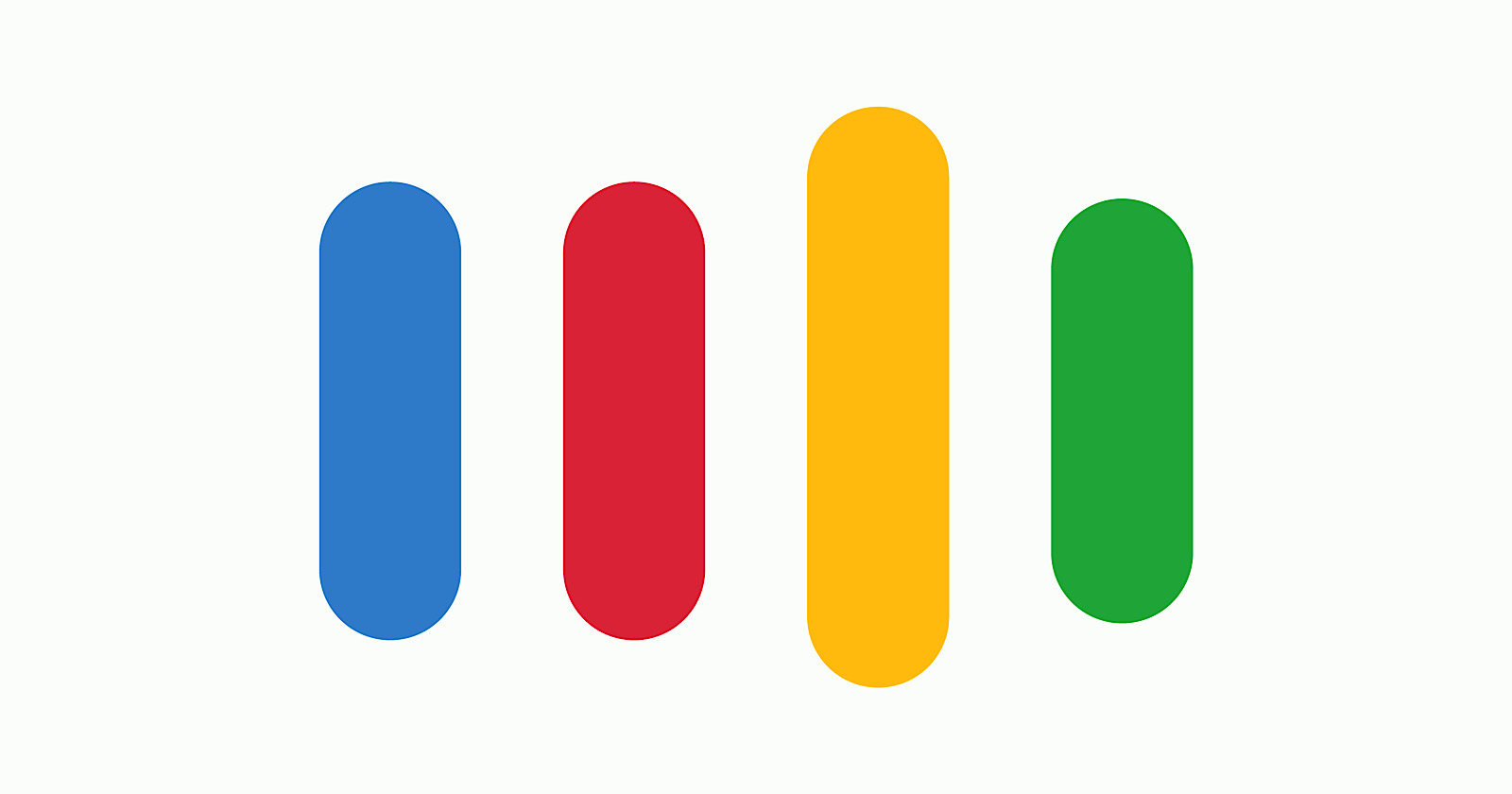
Google Assistant Only Holds 9% of the Virtual Assistant Market
Google Assistant Only Holds 9% of the Virtual Assistant Market
Google finds itself in a rare position, coming in third place in the virtual assistant market after Microsoft and Apple.
A recent study from Futuresource shows that Apple’s Siri currently holds 35% of global marketshare. Microsoft’s Cortana holds 22% marketshare, while Google Assistant and Amazon Alexa hold 9% and 4% respectively.
It All Comes Down to Pre-Installs
Apple’s Siri comes pre-installed on nearly all of Apple’s devices – from watches to MacBook Pros – which is why it commands such a significant share of the market. Similarly, Cortana comes installed in all Windows 10 PCs.
Google Assistant comes pre-installed in first-party products such as Google Home and Chrome OS. Assistant comes pre-installed in some Android devices, but it’s nowhere near as ubiquitous as Siri.
Putting Google’s Small Marketshare in Perspective
For the most part, Android owners have a choice when it comes to installing Google Assistant on their device or not. A marketshare of only 9% suggests that the adoption rate among Android owners is not high, though the exact numbers were not provided.
Moreover, Google Assistant can be installed as a standalone app on Apple iPhones and iPads, which is something that cannot be said for any of the other virtual assistants in this study.
To put that in perspective, with the ability to be installed on the two leading mobile operating systems, Google Assistant still holds only 9% marketshare. Google will have to bolster those numbers somehow if it wants to remain competitive in this market.
Virtual Assistant Market is Growing Overall
Shipments of virtual assistants rose 25% year-on-year to 1.1 billion units in 2019. Futuresource estimates the market is on course to exceed 2.5 billion shipments by 2023.
“Growth presently continues unabated, as virtual assistants become a common feature across the Consumer Electronics and Automotive sectors. Indeed, 2020 will be the year when shipments of voice-enabled products overtake those with no voice capability.”



